San Francisco, California —(Map)
In 1967, Jocelyn Bell Burnell discovered a new and unusual kind of star. That work won a Nobel prize – for her advisor. Now, 50 years later, she has won a $3 million prize celebrating her work.
As a student at Cambridge University, Jocelyn Bell worked with Professor Anthony Hewish to build a huge radio telescope. A radio telescope doesn’t take pictures. It’s like a big antenna that collects radio waves from space. In 1967, these radio waves were drawn out by a machine onto very long pieces of folding paper.
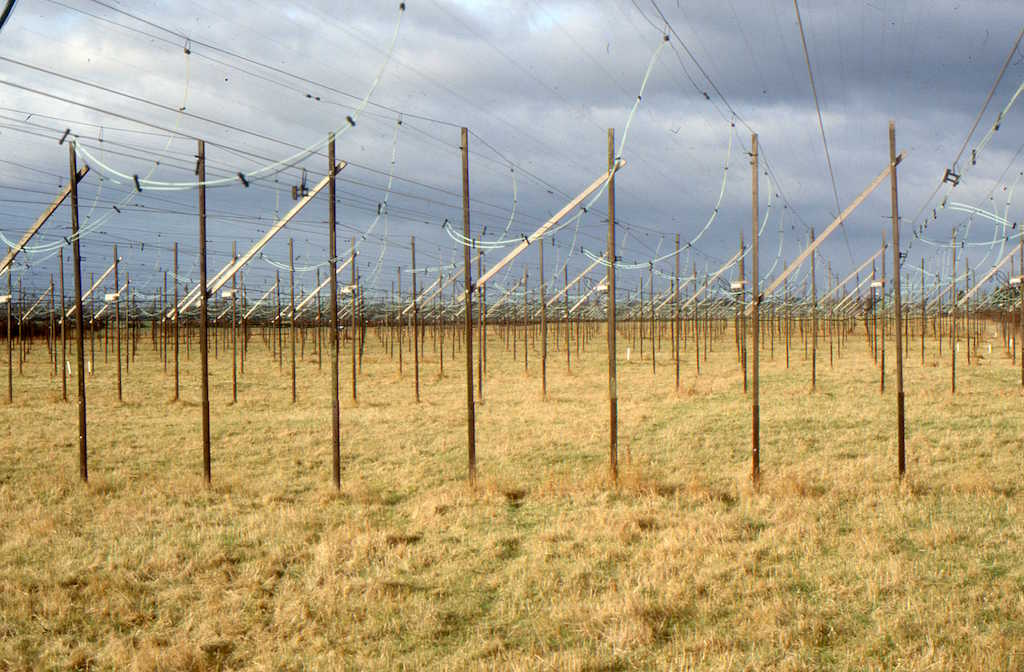
It had over 120 miles of wire and was the size of 57 tennis courts.
(Source: Courtesy of Graham Woan, via Breakthrough Prize Foundation
Ms. Bell studied the radio wave drawings, trying to learn from them. She saw a little squiggly bit that didn’t look like the rest of the waves. When she showed this to Dr. Hewish, he thought it was an accident. But the two of them worked together to keep collecting paper charts of radio waves. They collected about 3.5 miles (5.6 kilometers) of papers.
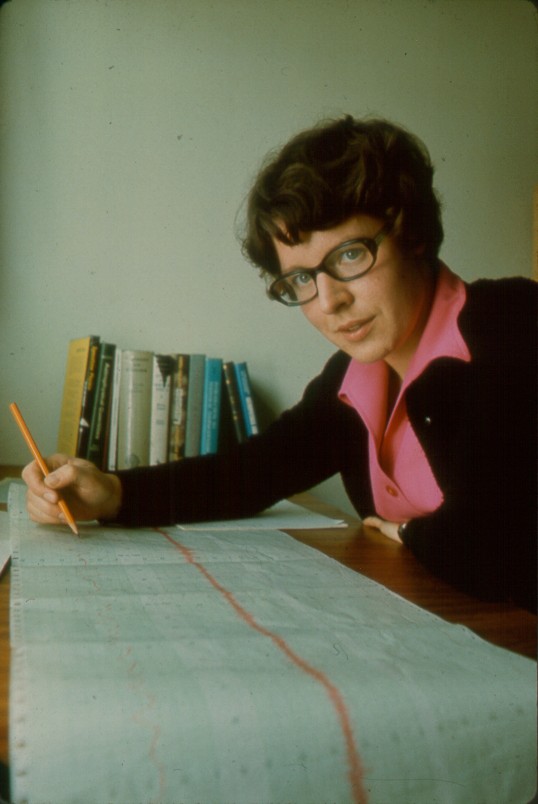
She had to study around 3.5 miles (5.6 kilometers) of paper.
(Source: Courtesy of Robin Scagell, via Breakthrough Prize Foundation
Ms. Bell studied the miles of paper, and soon saw that the squiggly bit had a pattern. It repeated every 1.3 seconds. That was the first real clue to what she’d found – a pulsar.
Pulsar is short for “pulsating star”. No one knew anything about them until Ms. Bell discovered them. Pulsars are collapsed stars that spin around very quickly. A pulsar is kind of like a lighthouse that sends out radio waves instead of light. As it spins, the beam of a pulsar goes around and around, “shining” its waves like a lighthouse shines light.
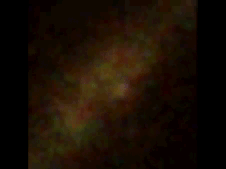
Pulsars are collapsed stars that spin quickly.
As it spins, the pulsar’s beam spins, too.
(Source: Roger Romani (Stanford University) (Lead), Lucas Guillemot (CENBG), Francis Reddy (SPSYS), via Wikimedia Commons.)
Pulsars were a big discovery. In 1974, Dr. Hewish won a Nobel prize – the world’s most famous science prize – for their work. Ms. Bell did not share the prize.
Ms. Bell never got upset that Dr. Hewish won the Nobel prize and she didn’t. She said it seemed normal, since he was the professor and she was the student. Still, to many people it has seemed very unfair.
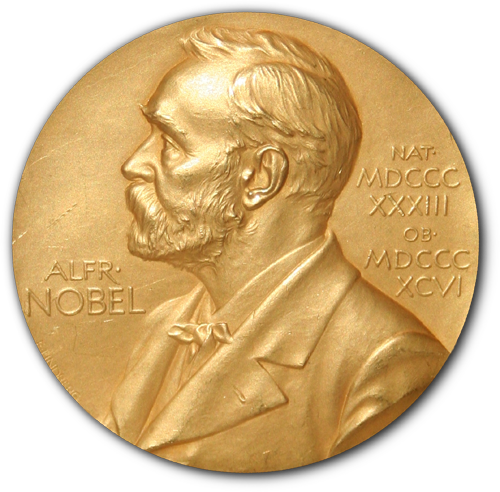
Dr. Burnell did not share the 1974 Nobel prize.
(Source: Jonathunder, via Wikipedia.org.)
Ms. Bell completed her degree and became Dr. Bell. Later she got married and took her husband’s last name, making her Dr. Burnell.
Dr. Burnell has traveled and been a professor at many universities. She has also been the president of several important groups of scientists, such as the Institute of Physics.
On September 6, the Breakthrough Prize Foundation said Dr. Burnell had won a special Breakthrough Prize, worth $3 million. The award is for her discovery of pulsars and her “scientific leadership” over the last 50 years.
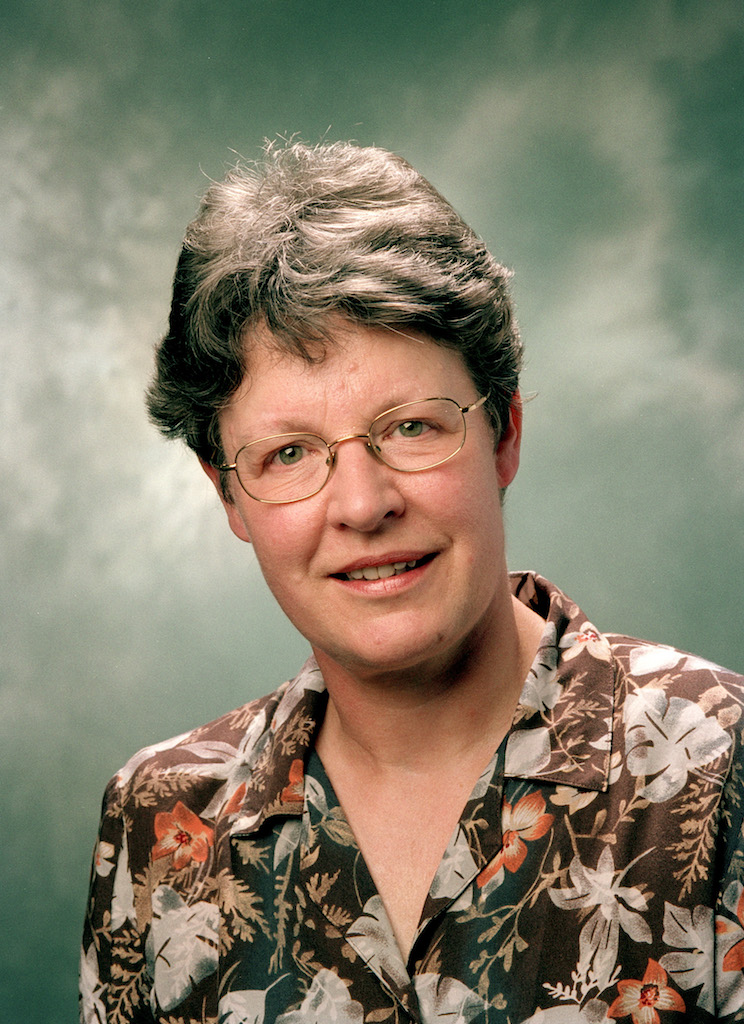
The prize is for her discovery of pulsars and her scientific leadership.
(Source: Courtesy of Breakthrough Prize Foundation
Dr. Burnell will not keep the prize money. She says she will use the money to help encourage women and others who have had not had an equal chance to become scientists.
As a girl, Dr. Burnell had to work hard to be allowed to take science classes. When she went to Cambridge, she felt like she had to work harder to prove that she deserved to be there.
To girls who want to do work like hers, Dr. Burnell says, “Don’t give up. It won’t all be smooth, but it’s an incredibly exciting field, and if you can hang in there, lots of interesting stuff will come your way.”
😕
This map has not been loaded because of your cookie choices. To view the content, you can accept 'Non-necessary' cookies.
